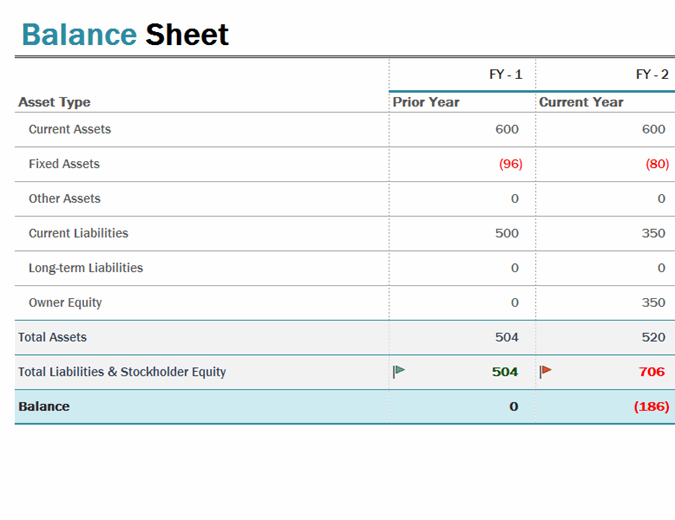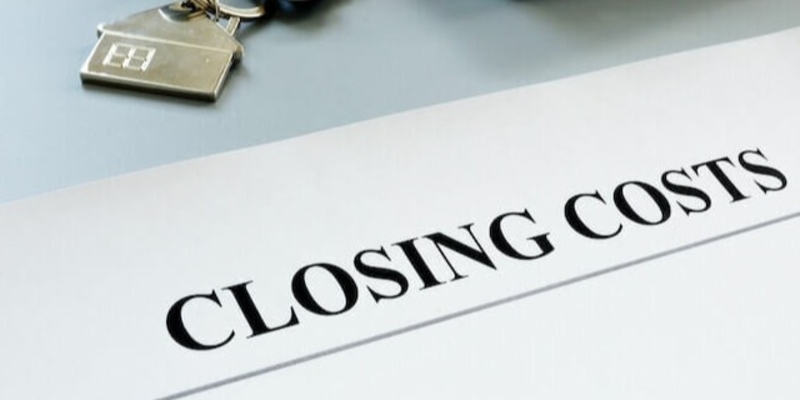Introduction
One of the most crucial financial statements a business issues regularly (quarterly or even monthly) is the balance sheet (depending on the frequency of reporting). This report can be useful for informing lenders, investors, or other interested parties about your company's financial health as it details your total assets, liabilities, and net value. You can use the information it yields to inform pivotal decisions about your finances.
To get a full view of your company's financial health during a given period, you should look at your balance sheet in conjunction with your cash flow statement and income statement. Key partners can better understand your company's potential and profitability once you've established its financial health. Have you ever needed a balance sheet? Please find out how balance sheets function, why they're so important, and how to put together a simple one for your business using the information provided here.

How To Build A Balance Sheet
Most accounting software's "Reports" section will include a function allowing you to construct a balance sheet quickly. Your assets, liabilities, and equity balances will be displayed.
Working Capital
The gap between your present assets, on the one hand, and your current liabilities (such as loans and credit card balances), on the other, is the definition of working capital.
Asset Performance
A significant measure of your asset performance as a commercial corporation is the efficiency with which you transform the operational resources at your disposal (the property and machinery owned by the company) into revenue and profit. This year's profits indicate that the company's assets are doing well.
Capitalisation Structure
Establishing a solid capitalization structure is possible through carefully managing the company's equity and debt levels. Debt refers to money you owe, like loans or other forms of financing, whereas equity refers to the capital (money) invested by shareholders.
Steps to Creating a Balance Sheet
If you know the ins and outs of putting together a balance sheet, you can prevent any irreparable harm to your company from occurring. Here I will outline the procedure for constructing a simple balance sheet for a company of any size.
Specify the Reporting Period
Balance sheets detail all cash received and paid out by a company as of a single date, called the reporting date. Generally speaking, the reporting date is the last day of the reporting period. Most businesses report every quarter. As a rule, the last day of the fiscal quarter is used as the reporting date. Before proceeding, ensure you have two columns on a piece of paper.
Assets
An asset is everything a company owns with a value that can be turned into cold, hard cash and regarded as an asset. The corporation has amassed these things and resources in its possession. There are two categories of assets: liquid (also known as easily useable) and fixed (or long-term).
A company that does not expect to yield a return on investments within the next several years is a noncurrent asset. Real estate, machinery, intellectual property, and copyrights are these assets.
Liabilities
Debts are included in a company's list of obligations. This is the firm's obligation to its clients, as well as its staff, partners, and other suppliers. The liabilities section of a balance sheet is located to the right of the assets section. In the same way that assets can be "current" or "noncurrent," liabilities can be classified according to whether or not they currently owe money. Accounts payable are an example of a current liability because payment is anticipated to be made within the current fiscal year. Other examples of current liabilities include loans and mortgages. Noncurrent liabilities are loans and other long-term commitments that don't have to be paid back in full during the current fiscal year. This means that they fall into the category of long-term obligations.

Conclusion
A balance sheet is a document that provides an overview of a company's value and financial health. It summarizes the company's assets, debts, and equity. The assets are listed on the left of a balance sheet, and the liabilities and equity are listed to the right. On the balance sheet, each line item is supposed to be in harmony with the other line items. Small business owners can benefit from using balance sheets since these documents show the firm's financial health information. This information includes the equity of the company, the rate of growth of the company, and its standing in the eyes of its creditors. A pristine balance sheet that outlines your assets and obligations is required to keep payments to your company's creditors orderly.




